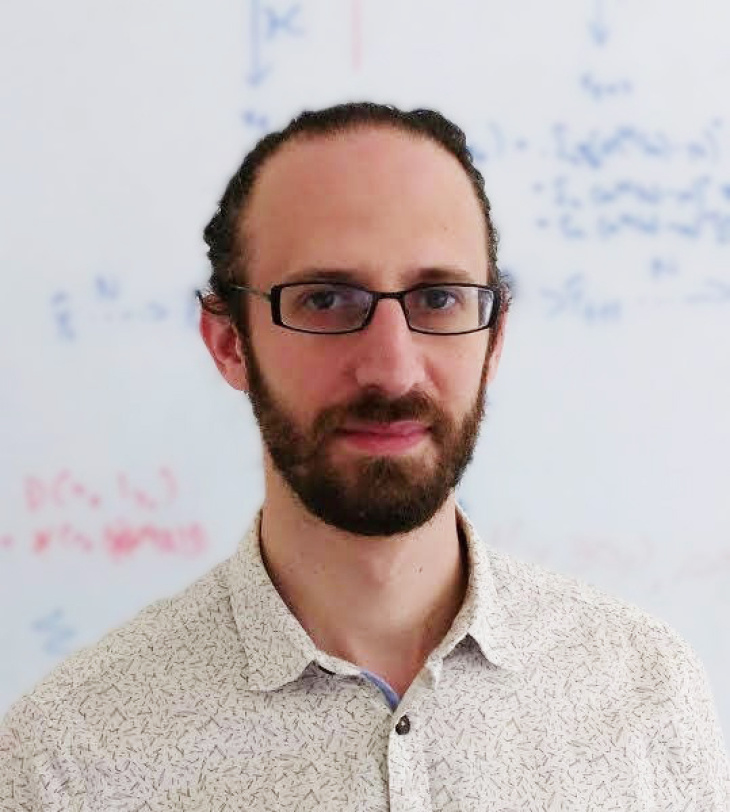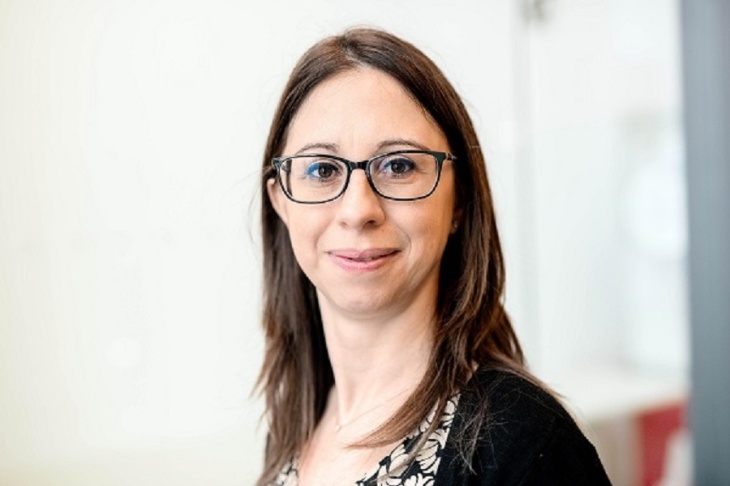Support of artificial intelligence
In climate research, medicine, or the exploration of new materials for the energy transition, huge amounts of data are being generated. However, their full potential can only be realized if scientists can analyze ever-larger amounts of data. A new generation of AI foundation models is now poised to tackle a range of major challenges in science. The Helmholtz Association is pioneering in this field, supporting four pilot projects and the necessary infrastructure with approximately 23 million euros. Twelve Helmholtz Centers are participating in projects aimed at using artificial intelligence to make radiological diagnoses more reliable, improve understanding of the global carbon cycle, elevate climate models to a new level, and accelerate the development of a new generation of photovoltaic modules.

The topic of AI is currently important to all research institutions. Photo: Soliman Cifuentes via Unsplash
Foundation models are AI applications that, built upon a very broad knowledge base, are capable of solving a range of complex problems. They are significantly more powerful and flexible than traditional AI models, making them suitable for scientific applications. Through targeted training with extensive datasets and the use of generative AI, they can understand complex relationships based on learned patterns, generate new connections, and make predictions. This enables, for example, the stronger integration of global climate data or significant improvements in medical diagnoses. “We are convinced that with foundation models, we can push the boundaries of science. Helmholtz not only brings outstanding talents and comprehensive datasets from various research areas but also brings together a unique computer infrastructure,” says Otmar Wiestler, President of the Helmholtz Association.
The goal of the three-year Helmholtz Foundation Model Initiative (HFMI) is to develop fully functional models. Four pilot projects have been selected for this purpose, involving scientists from twelve Helmholtz Centers. Over a period of three years, the projects will receive funding totaling 11 million euros. An additional 12 million euros will be invested in expanding necessary infrastructure. A Synergy Unit will also research interdisciplinary questions, promote knowledge exchange between projects, and undertake overarching activities. The funded projects aim to not only provide clear value for science but also make their final results available to society as open source—this includes the code, training data, and trained models.
The Helmholtz-Zentrum Hereon is involved in two of four projects

Hereon scientist Dr David Greenberg from the Institute of Coastal Systems will play a leading role in HClimRep. Copyright: David Greenberg
HClimRep: Capturing interactions between the atmosphere, ocean, and sea ice in a novel climate model
What if we could make predictions about future climate even more accurately, quickly, and efficiently? Could we better combat the causes of climate change and mitigate its consequences as a result? Could we make the impacts of global warming impressively visible to everyone? The HClimRep project aims to answer exactly these questions. By building one of the first AI foundation models for climate research, which combines data from the atmosphere, ocean, and sea ice, researchers are developing one of the most precise weather and climate models in the world. This deep-learning model, with billions of parameters, will be capable of conducting complex "what-if" experiments and other modeling tasks related to the ocean and atmosphere, thanks to extensive training on Europe's first exascale computer.
Participating Helmholtz Centers: Forschungszentrum Jülich, Alfred Wegener Institute, Helmholtz Center for Polar and Marine Research, Karlsruher Institute for Technology, and Helmholtz-Zentrum Hereon.

Head of the Hereon Institute of Functional Materials for Sustainability Prof Francesca Toma is looking forward to working on SOL-AI. Photo: Hereon/ Marcel Schwickerath
SOL-AI: Development and optimization of photovoltaic materials
Photovoltaics is a key technology for the energy transition. In order to achieve the necessary increase in global use of low-cost solar power, innovative solar cell concepts must be implemented more quickly. Activities in research and development in this area are rapidly increasing, leading to a wealth of scientific publications. However, the sheer volume of data is creating limitations in implementing the latest findings. SOL-AI aims to create a foundation model that will fundamentally reform materials informatics in this field. It is capable of integrating the diversity of experimental data and results in the research of photovoltaic materials, advancing innovations in various areas: from accelerated component development and optimization to the discovery of new solar materials. SOL-AI is expected to develop solutions that will have practical relevance for both research and industry.
Participating Helmholtz Centers: Forschungszentrum Jülich, Karlsruher Institute for Technology, Helmholtz-Zentrum Berlin für Materialien und Energie, and Helmholtz-Zentrum Hereon.
Further Information
Contact
Head of Communications
Phone: +49 (0) 30 206 329-74
Helmholtz-Gemeinschaft Deutscher Forschungszentren e.V.
Press Officer
Phone: +49 (0) 4152 87-1648
Communication and Media
Helmholtz-Zentrum Hereon
